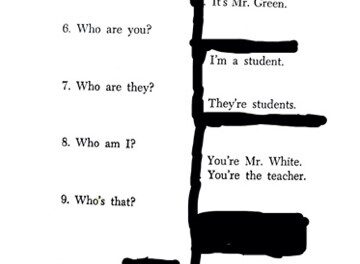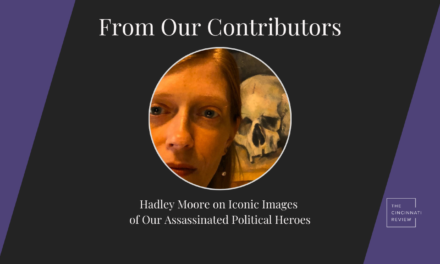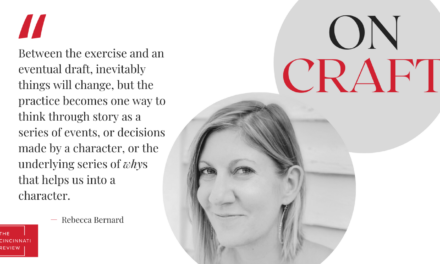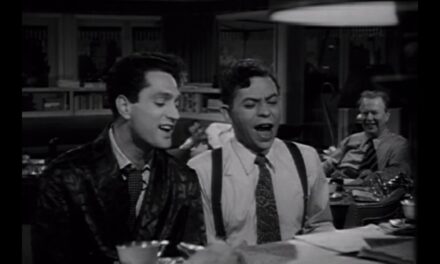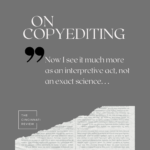Writers are often afraid of science. Perhaps their minds are not capable of complex math. Maybe they’re too sensitive to ideas like black holes, instant cell death, and robot children, which keep them up at night. Perhaps they’ve had bad experiences of scientific humiliation and disappointment. Associate Editor Lisa Ampleman was kicked out of 9th-grade frog dissection. (Miss Ampleman . . . that is not a puppet!) Senior Associate Editor Matt O’Keefe swore off chemistry after failing to achieve his teenage dream of making real-life moonshine. Assistant Editor Brian Trapp was going to be a veterinarian until that cat-agility experiment went horribly wrong.
However, the writers below have a mor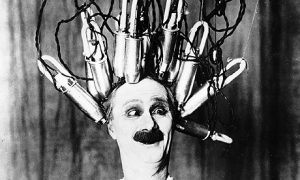 e conciliatory relationship with science, finding inspiration in nanotechnology, diagrams, and field biology. Perhaps they will help us cozy up to the scientist inside all of us. If not, then there is always this poorly-made video of color-changing milk.
e conciliatory relationship with science, finding inspiration in nanotechnology, diagrams, and field biology. Perhaps they will help us cozy up to the scientist inside all of us. If not, then there is always this poorly-made video of color-changing milk.
Amorak Huey (on his poem “She Blinded Me with Nanotechnology”): This poem came from a prompt, although I feel a little dirty for saying so, like I’m violating the poet code where we’re supposed to pretend our work flowed straight from the songs of the muses to the tips of our quills. In a poetry-writing group I belong to, one member comes up with a prompt each month, and that month’s had to do with science. Because nanotechnology had played a prominent role in a rather dreadful novel I read recently, I started reading more about it. It’s fascinating how we can use all these tiny little engineering miracles to figure out the world, and isn’t that a perfect metaphor for a poem? Because everything I write is some kind of love poem, I ended up also writing about a marriage (not my own), and about the tiny things we do not understand about ourselves and each other. A prompt is successful, to my mind, when it gives you a quick shove toward something and then quickly disappears. That’s what happened here for me.
Talvikki Ansel (on her poem “Coil / Foil / Ribbon / Loft”): Someone was lofting a boat on my kitchen / living room floor—actually the whole downstairs was covered with sheets of plywood, painted bright white. And the lines and curves drawn on that clean expanse made me think of other shapes and lines, and how one makes the leap from 2-dimensional diagrams (artificial hearts, airplane wings) to the thing itself, moving and living. (Not something that I can quite imagine doing!)
Claire Eder (on her poem on “Crow Mob”): [This poem] happened when I finally got around to researching a seemingly strange phenomenon I’d often noticed but never understood: groups of small birds (crows, mockingbirds) chasing and harassing bigger birds like hawks and owls. I remember in particular biking past a hawk that sat perched on an empty playground’s monkey bars as crows circled and swiped at it. It looked harried (or at least annoyed) but also resigned—the best it could do was to flap to another spot a couple of feet away, and the crows just followed, jeering. At first, my sympathies went out to the hawk, the more majestic species and the apparent victim, but after looking into the matter, I found an admiration for the smaller birds and the ingenious, risky system called “mobbing” they’ve devised to protect themselves from predators. I was thinking a lot about the Occupy Wall Street movement at the time, which probably comes through at a certain level. It’s most likely a mistake to take sides when it comes to the natural world, and it’s a bigger mistake to find in its systems an analogy for our human systems, but I couldn’t resist.


